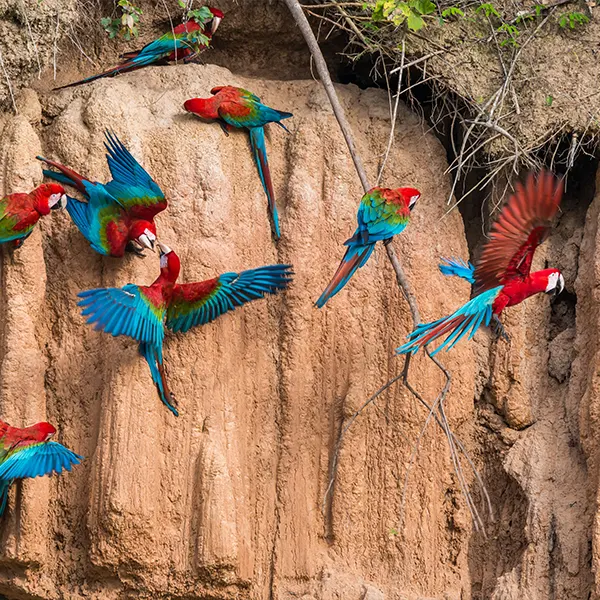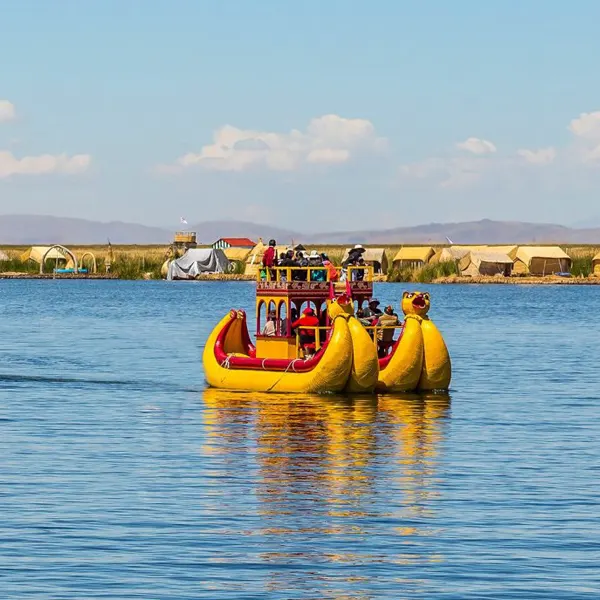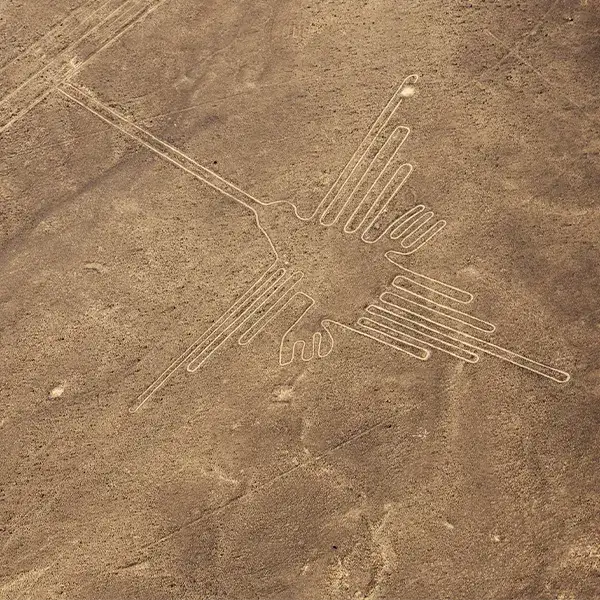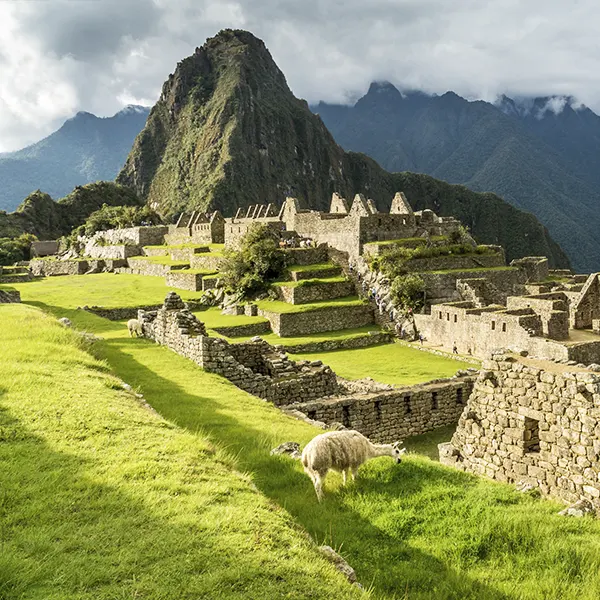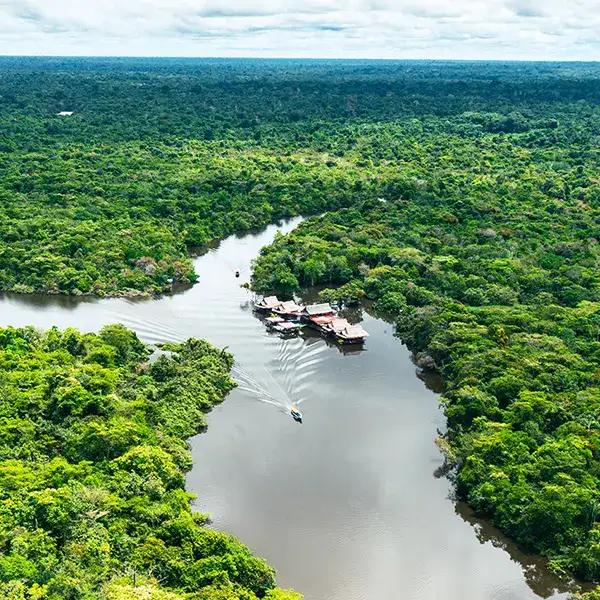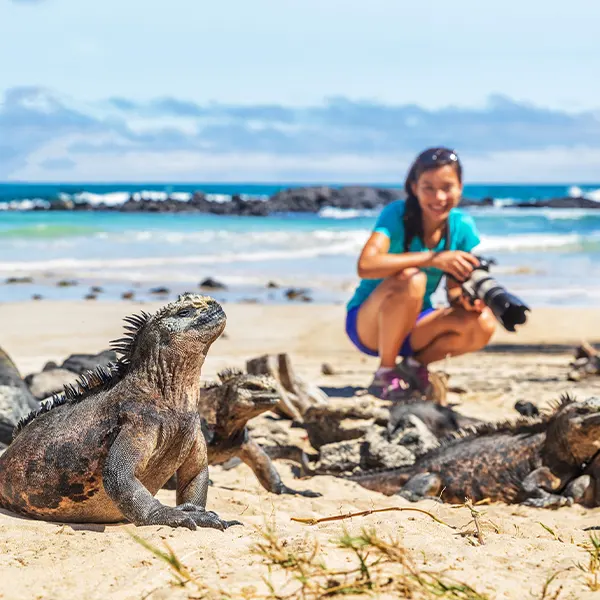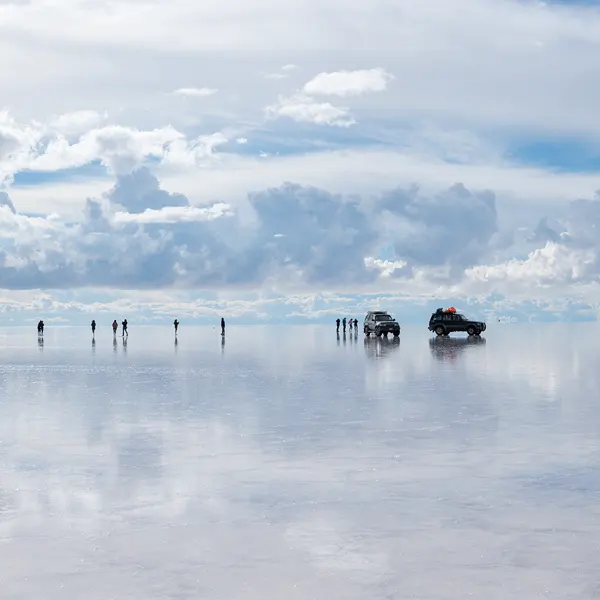Peru is one of the world’s most diverse countries. It is characterized by the existence of various ecological regions and types of ecosystems, making it rich in biodiversity. It’s reflected not only in the varied species it harbors but also in the amazing diversity of the resources and ecosystems it inhabits.
These potential aspects of biodiversity in Peru present a series of challenges to achieving the sustainable protection of each of its natural treasures. That is why, together with our colleagues from Machu Travel Peru, we have prepared a small article about the great biodiversity in Peru and its most important aspects.
The most important dimensions of biodiversity in Peru
- Flora and fauna
- Natural areas
- Bird observation
- Marine biodiversity
- Terrestrial biodiversity
- Diversity in the climate
- Potential of biodiversity
- Frequently questions
Flora and Fauna

Peru is a wonder of nature. Its specific geographic location offers you many surprises, so you will want to return for more. Therefore, take a moment to appreciate all of the many options.
Peru has 84 of the 117 living areas on the planet and 28 of the 32 climate types. It is also the world’s first country with a wide variety of fish, butterflies, and orchids. Birds are second, mammals are third, and amphibians are fourth in biodiversity in Peru. Plants and reptiles are fifth.
Natural Areas

Nature is generous to the Andean country, and this can be seen reflected in the great biodiversity in Peru. Through 60 natural areas spread across the coast, mountains, and jungles, approximately 15% of Peru’s territory is protected by the state. The names Manu National Park, Tambopata National Reserve, Pacaya-Samiria, Huascarán, Pampa Galeras, Paracas, Cordillera Azul, etc., will always be inscribed in the general memory.
In Peru, biodiversity in protected natural areas adds over US$1 billion to the national economy each year. This is due to about 20 million hectares of forests and other ecosystems. These areas provide water, beautiful scenery, and more. However, deforestation reduces these benefits in a great way.
Bird Observation
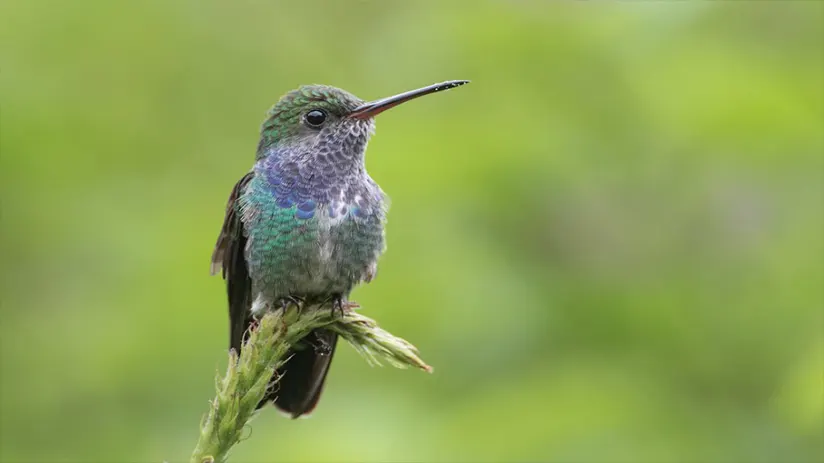
Speaking of birds, Peru is amazing, as if it were fictional. Peru has the most species discovered each year in the world. It also ranks first for birds seen in a day, all without using motor vehicles.
Don’t miss out on bird watching in the different nature reserves in Peru. The Peruvian sky is decorated with approximately 2,000 species of birds flying, including the sacred Andean condor. You will only need your essential equipment: your camera and Peru’s fascinating features.
Marine Biodiversity
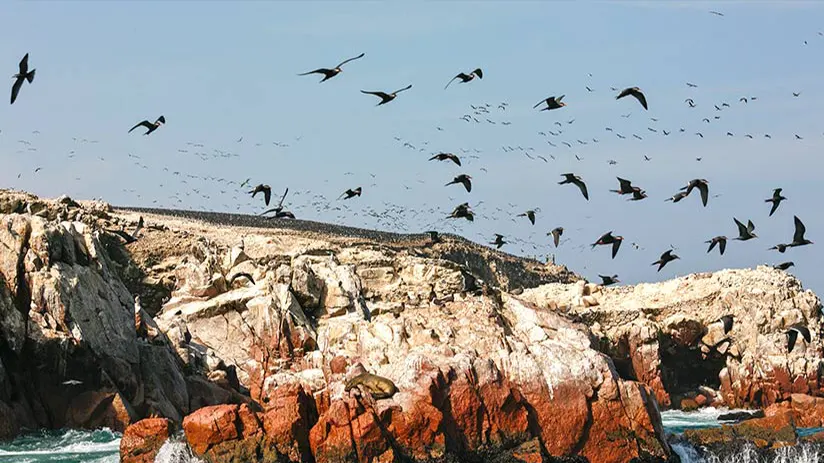
Marine biodiversity in Peru is mainly affected by two ocean currents: the Nino Current and the Humboldt Current, also known as the Peruvian Current. Although these two ocean currents provide infinite resources and even exist near the coastline, the second ocean current is considered the most important because it exhibits a high amount of plankton.
Terrestrial Biodiversity

Most of the coast in Peru is next to the Pacific Desert. This coastal desert has a subtropical origin and has very little vegetation. In the valleys between the north coast and the Maranhão Mountains, the equatorial dry forest grows. This forest is an intermediate ecosystem. It lies between desert-dry bushes and tropical forests.
In the Peruvian Andes, the mountain bush biome expands. As you climb the mountains, the climate gets colder. There is no better way to experience terrestrial biodiversity than in the different tours in Peru… and if you want to try Peruvian gastronomy, it is definitely your chance!
Diversity in the Climate

In Peru, you can find 84 of the 117 living areas on the earth, and 28 of the 32 climates in the world. This diversity of ecosystems allows a large number of species. This unique biological heritage contributes to the national economy in a quantifiable way.
Natural capital, or biodiversity in Peru, sustains more than 22% of GDP and at least 24% of exports. In terms of tourism, about 50% of international tourists are attracted by the country’s natural scenery.
Potential of Biodiversity
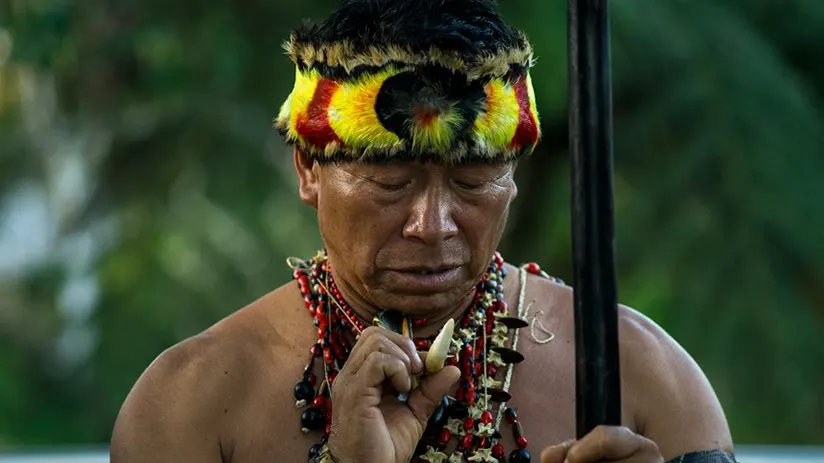
More than 60% of Peru’s territory is covered by tropical forests, and it is the fourth country in the world with the largest surface area of these ecosystems. Forests have great potential for the development of sustainable production plans that can bring well-being to the people. 70% of edible plants and 80% of medicinal plants come from forests. It is also home to many different animals of Peru. These animals are endemic, meaning they only live in our country.
Similarly, the country’s more than 50 indigenous peoples live in the forest and work hand in hand with the National Minam Forest Conservation Plan and other agencies to protect and use this natural heritage in a sustainable way. It also helps reduce global warming by helping to control the temperature of Earth.
Frequently questions

1. What makes Peru one of the most biodiverse countries in the world?
Peru’s unique geography, from the high Peruvian Andes to the vast Peruvian Amazon, creates multiple ecosystems that host incredible biological diversity. This includes tropical forests, deserts, coastal areas, and mountain ranges that allow a wide variety of species to thrive. So if you’re ready to discover the wonders, don’t forget to take your Peru travel guide with you and enjoy.
2. How are natural protected areas managed in Peru?
Peru has a well-structured National System of Natural Protected Areas that safeguards biodiversity and natural resources. These areas are managed by the National Service of Natural Protected Areas (SERNANP). They often work with regional and local governments, indigenous communities, and private companies.
3. How do indigenous peoples contribute to biodiversity conservation?
Indigenous peoples and indigenous communities play a vital role in protecting ecosystems. Their traditional knowledge helps preserve the tropical forest, regulate agricultural expansion, and ensure that natural resources are used sustainably.
4. Why is Madre de Dios important for biodiversity in Peru?
The Madre de Dios region is in the southern Peruvian Amazon. It is often called the “Biodiversity capital of Peru”. It has large tropical forests, many types of plants and animals, and several national parks and reserves. These areas are important for global conservation.
5. How do local communities benefit from the service of natural protected areas?
Through the service of natural protected areas, local communities can participate in eco-tourism, sustainable fishing, and forest management programs. This allows them to generate income while contributing to the conservation of Peru’s biological diversity.
6. What can visitors do to support biodiversity conservation in Peru?
Travelers can pick eco-friendly tours. They can visit national parks and reserves. They should respect the local traditions of indigenous peoples. Supporting community-based tourism is also important. Responsible tourism directly benefits local communities and strengthens the protection of Peru’s unique biodiversity.
“BIODIVERSITY STARTS IN THE DISTANT PAST AND IT POINTS TOWARD THE FUTURE”
Peru has so much to offer, it can be hard to know where to start. With many years of experience in the tourism sector, Machu Travel Peru is happy to help with anything regarding your trip to Machu Picchu and any tours around it. Make your Machu Picchu experience an unforgettable one! Contact Us today to plan your dream adventure!

